The race is on for farmers to take a stand on the Climate Action and Low Carbon Development (Amendment) Bill 2021. With a public consultation now under way, farmers still have an opportunity to voice how they want to set targets to reduce emissions.
Whether this will include a cut in livestock numbers or increased afforestation could hinge on the next few months.
However, some things are already set in stone and the framework for the bill has stated that sectoral targets will be legally binding. The next decade will be critical in shaping not just how this generation farms but also their sons or daughters after them.
What is the Climate Bill?
The Climate Bill is set to put Ireland on the path to net zero emissions by 2050 at the latest. It will put legally binding targets in place with rolling five-year carbon targets set by the Government to meet the 2050 goal.
A target reduction of 51% in greenhouse gas emissions by 2030 has been set with an aim of 7% per annum.
What are the targets for the agriculture sector?
Specific sectoral targets haven’t been set yet but it is widely acknowledged that the agriculture sector will face challenges in meeting targets. According to the EPA, agriculture is the biggest contributor of emissions (34%) in Ireland.
Targets are expected to be ironed out by summer 2021 after a public consultation that is now open until 18 May.
When do the targets start being counted?
Targets will start being counted for the first five-year period from 2021.
What does the bill say about farmers?
The bill only mentions agriculture once in regard to biogenic methane where it says it recognises “the special economic and social role of agriculture, including with regard to the distinct characteristics of biogenic methane”.
What is biogenic methane?
Biogenic methane is the term that is used for methane emitted mainly by the belching of livestock. While carbon dioxide can remain active in the atmosphere for several hundred years, methane is a powerful but shortlived greenhouse gas that breaks down in about a decade.
Methane accounts for about 63% of all emissions from agriculture.
It is still not known how this will translate into setting targets.
What happens if the agriculture sector doesn’t reach its targets?
If agriculture misses targets for the five-year period, additional corrective measures could be introduced. However, if a sector manages to overachieve and exceed their targets then their targets for the next five-year period will be reduced.
This could potentially see a sharing out of emission targets if some sectors do better than others.
The EPA will monitor annual emissions and a number of things can happen if agriculture misses emission targets.
The Government can also be held to be in breach of the law if targets are missed.
Who will be in charge of setting targets?
The Government will oversee setting targets for each sector. Tánaiste Leo Varadkar has said that individual ministers will be answerable for ensuring their sector reaches targets.
Local authorities will also be required to produce individual Climate Action Plans – this could see some counties where farming practices are more intensive create substantially different plans.
What measures can the sector take to meet targets?
Cutting the national cattle herd was previously floated by the Climate Change Advisory Council, which suggested a scenario where 53% (536,000) suckler cows would be culled by 2030.
Under the Climate Bill targets published this week, a potential cull could be substantially bigger and affect dairy and suckler herds.
Other less drastic solutions include a massive take-up of low emission slurry spreading, protected urea and forestry.
It is understood that a carbon trading scheme between farms has also been discussed by the Department of Agriculture.
Irish farmers are facing the very real prospect of having to make deep cuts to cattle numbers over the coming decade following the publication of the Government’s new Climate Action Bill this week.
As part of the bill, every sector of the Irish economy, including agriculture, will be legally required to halve carbon emissions by 2030. With methane from livestock accounting for almost 60% of carbon emissions in farming, significant cuts to cattle numbers now look highly likely if the sector is to meet its legally binding targets – unless a transformative methane reducing technology such as seaweed additives becomes widely available or the IPCC changes its accounting metrics for methane.
Analysis carried out by the Irish Farmers Journal shows that without these tools, reducing methane levels by 50% by 2030 would require a cull of 3.4m cattle from the total herd. Even in a less ambitious scenario where methane emissions need to fall 30% by 2030, the size of the national herd would need to be reduced by almost 2m head.
The bill almost certainly means an end to growing herd sizes over the coming decade. The Department of Agriculture insists its AgClimatise roadmap and a cap on cattle numbers will be enough to meet the targets.
However, given the scale of the cuts required under the Climate Action Bill, not to mention that all carbon budgets will be legally enforceable, it is very hard to see how agriculture cannot achieve emissions reductions without a major cut in cattle numbers.
Read more
Climate Bill is going to mean a decade of pain for Irish agriculture
Agriculture to be limited by carbon budget in climate bill
The race is on for farmers to take a stand on the Climate Action and Low Carbon Development (Amendment) Bill 2021. With a public consultation now under way, farmers still have an opportunity to voice how they want to set targets to reduce emissions.
Whether this will include a cut in livestock numbers or increased afforestation could hinge on the next few months.
However, some things are already set in stone and the framework for the bill has stated that sectoral targets will be legally binding. The next decade will be critical in shaping not just how this generation farms but also their sons or daughters after them.
What is the Climate Bill?
The Climate Bill is set to put Ireland on the path to net zero emissions by 2050 at the latest. It will put legally binding targets in place with rolling five-year carbon targets set by the Government to meet the 2050 goal.
A target reduction of 51% in greenhouse gas emissions by 2030 has been set with an aim of 7% per annum.
What are the targets for the agriculture sector?
Specific sectoral targets haven’t been set yet but it is widely acknowledged that the agriculture sector will face challenges in meeting targets. According to the EPA, agriculture is the biggest contributor of emissions (34%) in Ireland.
Targets are expected to be ironed out by summer 2021 after a public consultation that is now open until 18 May.
When do the targets start being counted?
Targets will start being counted for the first five-year period from 2021.
What does the bill say about farmers?
The bill only mentions agriculture once in regard to biogenic methane where it says it recognises “the special economic and social role of agriculture, including with regard to the distinct characteristics of biogenic methane”.
What is biogenic methane?
Biogenic methane is the term that is used for methane emitted mainly by the belching of livestock. While carbon dioxide can remain active in the atmosphere for several hundred years, methane is a powerful but shortlived greenhouse gas that breaks down in about a decade.
Methane accounts for about 63% of all emissions from agriculture.
It is still not known how this will translate into setting targets.
What happens if the agriculture sector doesn’t reach its targets?
If agriculture misses targets for the five-year period, additional corrective measures could be introduced. However, if a sector manages to overachieve and exceed their targets then their targets for the next five-year period will be reduced.
This could potentially see a sharing out of emission targets if some sectors do better than others.
The EPA will monitor annual emissions and a number of things can happen if agriculture misses emission targets.
The Government can also be held to be in breach of the law if targets are missed.
Who will be in charge of setting targets?
The Government will oversee setting targets for each sector. Tánaiste Leo Varadkar has said that individual ministers will be answerable for ensuring their sector reaches targets.
Local authorities will also be required to produce individual Climate Action Plans – this could see some counties where farming practices are more intensive create substantially different plans.
What measures can the sector take to meet targets?
Cutting the national cattle herd was previously floated by the Climate Change Advisory Council, which suggested a scenario where 53% (536,000) suckler cows would be culled by 2030.
Under the Climate Bill targets published this week, a potential cull could be substantially bigger and affect dairy and suckler herds.
Other less drastic solutions include a massive take-up of low emission slurry spreading, protected urea and forestry.
It is understood that a carbon trading scheme between farms has also been discussed by the Department of Agriculture.
Irish farmers are facing the very real prospect of having to make deep cuts to cattle numbers over the coming decade following the publication of the Government’s new Climate Action Bill this week.
As part of the bill, every sector of the Irish economy, including agriculture, will be legally required to halve carbon emissions by 2030. With methane from livestock accounting for almost 60% of carbon emissions in farming, significant cuts to cattle numbers now look highly likely if the sector is to meet its legally binding targets – unless a transformative methane reducing technology such as seaweed additives becomes widely available or the IPCC changes its accounting metrics for methane.
Analysis carried out by the Irish Farmers Journal shows that without these tools, reducing methane levels by 50% by 2030 would require a cull of 3.4m cattle from the total herd. Even in a less ambitious scenario where methane emissions need to fall 30% by 2030, the size of the national herd would need to be reduced by almost 2m head.
The bill almost certainly means an end to growing herd sizes over the coming decade. The Department of Agriculture insists its AgClimatise roadmap and a cap on cattle numbers will be enough to meet the targets.
However, given the scale of the cuts required under the Climate Action Bill, not to mention that all carbon budgets will be legally enforceable, it is very hard to see how agriculture cannot achieve emissions reductions without a major cut in cattle numbers.
Read more
Climate Bill is going to mean a decade of pain for Irish agriculture
Agriculture to be limited by carbon budget in climate bill




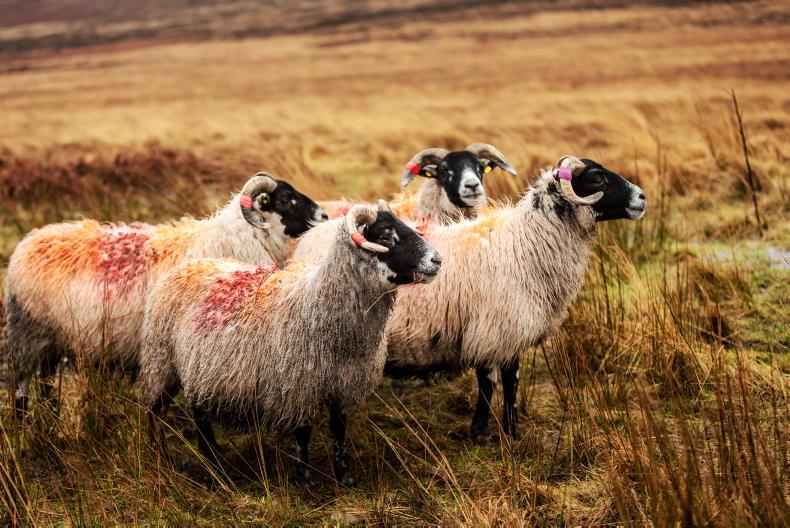
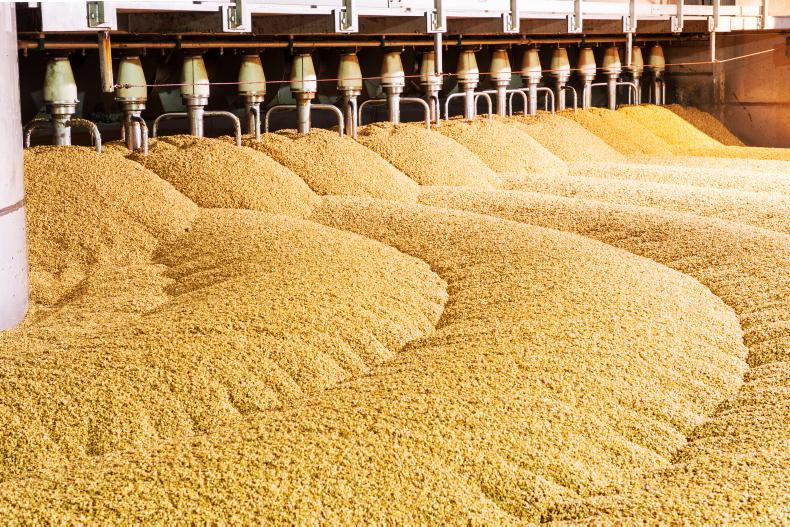
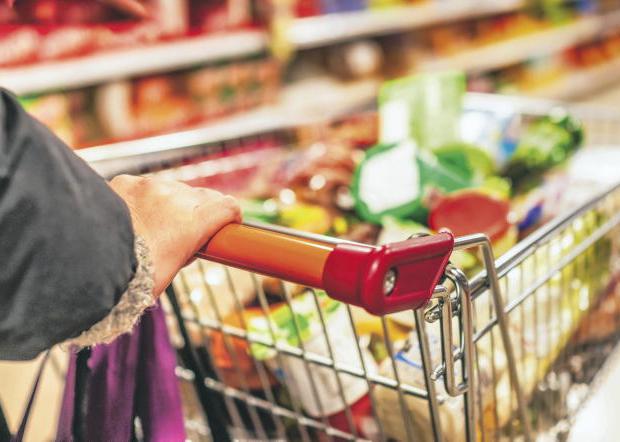
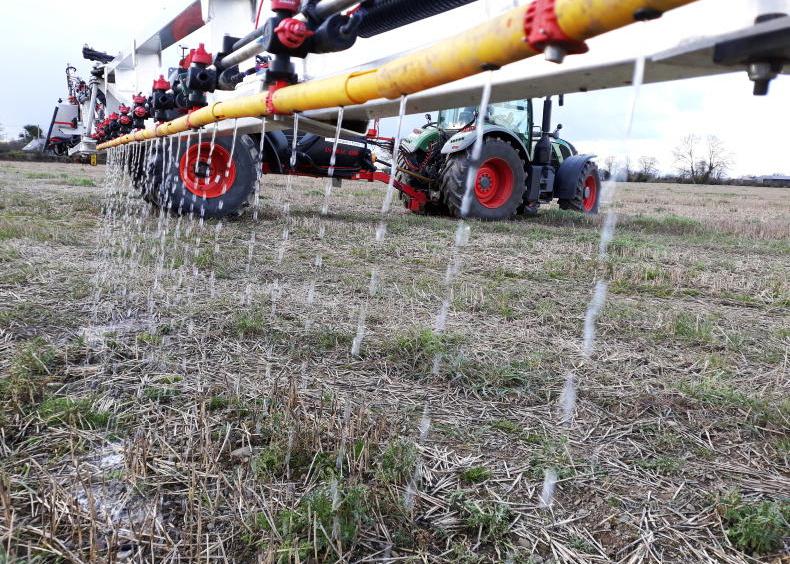
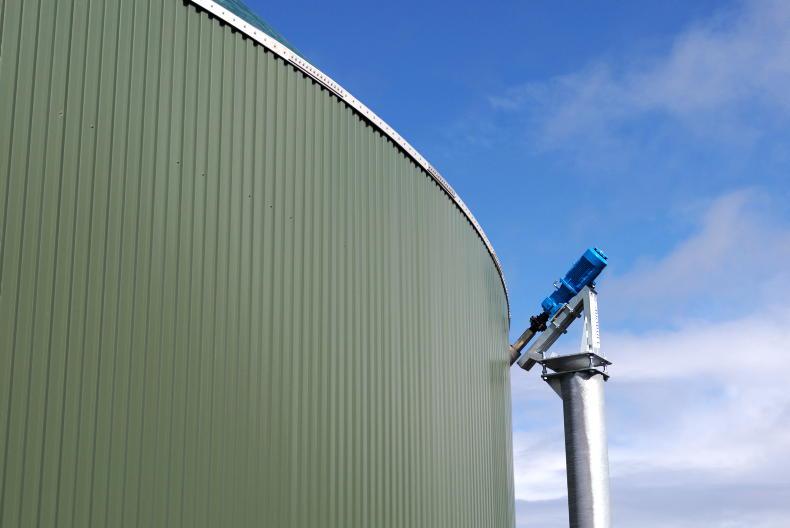
SHARING OPTIONS